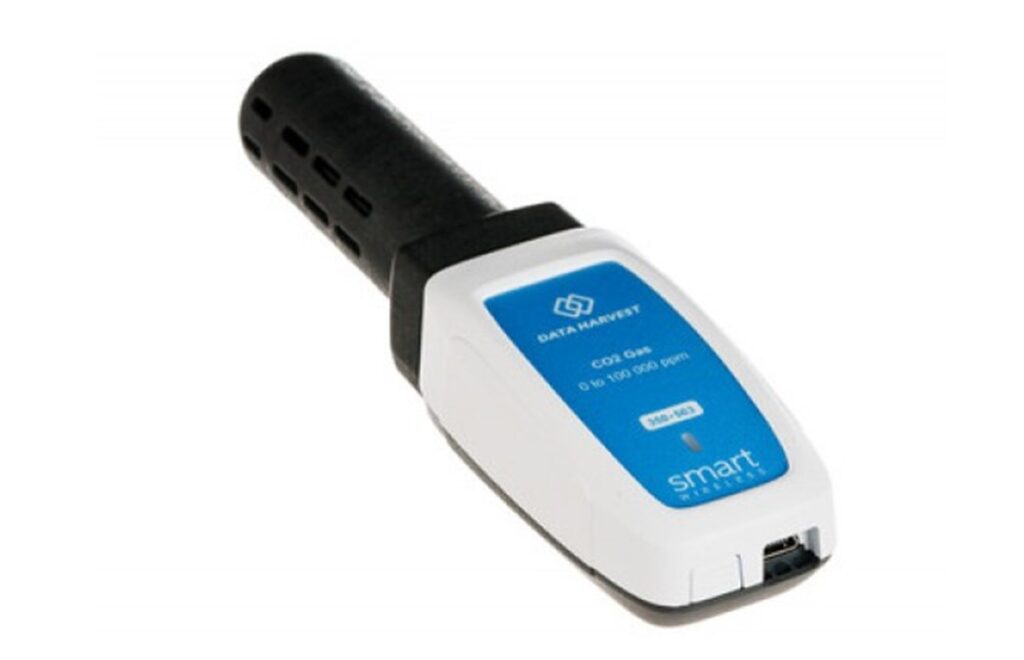In today’s rapidly advancing technological landscape, optimizing building ventilation systems is more crucial than ever. Proper ventilation improves indoor air quality, enhances energy efficiency, reduces costs, and ensures a healthier environment for occupants. With the rise of smart technologies, building managers have access to innovative tools that provide precise control and monitoring of ventilation systems. Here are top tools that are leading the way in optimizing building ventilation systems.
Radon Sensors
Radon is an odorless, colorless gas that can seep into buildings from the ground. Long-term exposure to large amounts of radon is a leading cause of lung cancer. That’s why it’s crucial to Mål radon i hjemmet and schools, workplaces, and other residential buildings. Modern radon sensors, like the SPIRIT radon sensor, continuously monitor radon levels and provide real-time data. This data allows for immediate adjustments to ventilation systems, ensuring that radon levels remain within safe limits. The sensor’s ability to quickly detect changes in radon levels means that ventilation systems can be optimized to maintain air quality without unnecessary energy expenditure.

Carbon Dioxide (CO2) Sensors
CO2 sensors are vital for maintaining good indoor air quality. High levels of CO2 can lead to drowsiness, impaired cognitive function, and overall discomfort. These sensors detect the concentration of CO2 in the air and adjust the ventilation system accordingly. By maintaining optimal CO2 levels, building managers can ensure the indoor environment remains comfortable and conducive to productivity. Additionally, CO2 sensors help reduce energy consumption by avoiding over-ventilation, which can occur when systems operate based on outdated or inaccurate information.
Demand-Controlled Ventilation (DCV) Systems
Demand-controlled ventilation (DCV) systems automatically adjust the amount of fresh air brought into a building based on the occupancy level. These systems rely on sensors that detect temperature, humidity, and CO2 levels to determine the necessary ventilation rate. DCV systems reduce energy usage and improve indoor air quality by optimising the amount of fresh air introduced. This tool is particularly effective in spaces with variable occupancy, such as conference rooms, auditoriums, and classrooms, where the number of occupants can change frequently.
Energy Recovery Ventilators (ERVs)
Energy Recovery Ventilators (ERVs) are designed to reduce energy loss by capturing and reusing the energy from exhaust air. ERVs transfer moisture and heat between incoming and outgoing air streams, reducing the need for additional heating or cooling. This improves the ventilation system’s efficiency and contributes to a more consistent indoor climate. By incorporating ERVs into ventilation systems, building managers can attain significant energy savings while maintaining optimal indoor air quality.
Building Management Systems (BMS)
Building Management Systems (BMS) are central control systems that manage various building operations, including ventilation, heating, and lighting. A BMS integrates data from multiple sensors, including radon, CO2, and temperature sensors, to optimize the ventilation system’s overall performance. By providing a comprehensive overview of the building’s environment, a BMS enables building managers to make informed decisions, automate processes, and ensure that all systems work together efficiently.
Optimizing building ventilation systems is critical for maintaining a healthy, comfortable, and energy-efficient environment. Innovative tools such as radon sensors, CO2 sensors, DCV systems, ERVs, and Building Management Systems provide precise control and real-time monitoring, allowing for continuous optimization. By integrating these tools, building managers can not only ensure a safe and healthy indoor environment but also achieve significant energy savings, contributing to a more sustainable future.
